

In the garden, when you need to plant, sow, propagate, fertilize at the cheapest possible price, think “recycle”!
Wondering what eggshells can serve for? Want to turn a trimming chore into a cuttings bonanza? Repurpose pits? Create your own fertilizer? There are 1001 ways to upcycle existing waste to make your garden better.
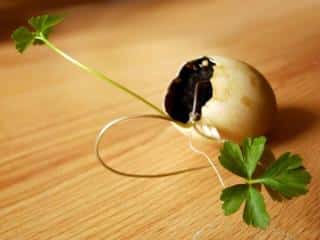 Pop a small hole at the bottom of each half-shell, set them back in their egg crate, and you’ve got a great seeding set! Fill them up with soil mix and sow your seeds.
Pop a small hole at the bottom of each half-shell, set them back in their egg crate, and you’ve got a great seeding set! Fill them up with soil mix and sow your seeds.
When the plants have sprouted, squeeze the shells to splinter them and plant the whole thing in the ground.
Roots will cross over through the shells, and the calcium will break down and feed the plant as it decomposes.
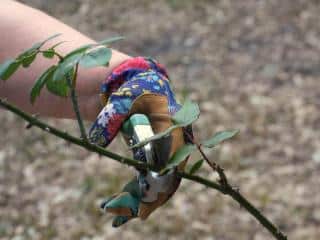 Are you simply in love with the cut roses you were just given? Grow them in your garden!
Are you simply in love with the cut roses you were just given? Grow them in your garden!
Snip the stems of a couple of the roses in bits 4 to 6 inches (10 to 15 cm) long, and plant these rose cuttings in a spot full of shade. Water regularly. A year later, in fall, you’ll be able to transplant those cuttings that have developed a root ball.
→ Never throw pineapple heads away again!
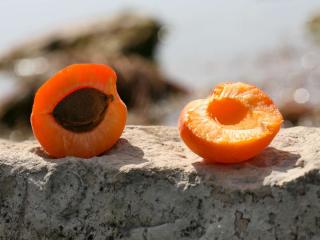 Found an apricot particularly delicious? Set its pit aside to germinate in a pot filled with sand. In March, transplant the seedlings directly to the ground.
Found an apricot particularly delicious? Set its pit aside to germinate in a pot filled with sand. In March, transplant the seedlings directly to the ground.
Come fall, you can set this apricot tree in the in the orchard section of your garden, it will produce fruits similar to the one that wowed you earlier.
→ Works great with avocado, too
Do you have chickens? Recover the feathers they lose every now and then and “steep” them in a pail filled with rainwater. Immerse them under the water level with mesh wire weighted down with rocks or they’ll simply float. Macerate in the shade for two months. This traditional Chinese recipe produces fertilizer that has very high nitrogen and trace element contents – something any plant will appreciate!
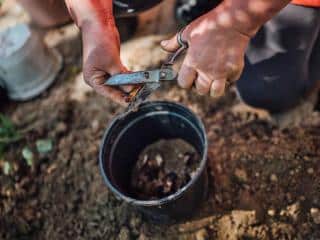 With high levels of phosphorus and potassium, banana peels are great ingredients for your compost.
With high levels of phosphorus and potassium, banana peels are great ingredients for your compost.
You can also use them as is for rose tree fertilizer: dice them up and bury them about 1½ inches (4cm) deep at the foot of your rose bushes.
Pile dead leaves up in a corner of the garden. Water, stomp the leaves down to crush them, and throw in a couple shovelfuls of healthy soil before adding the next batch of leaves.
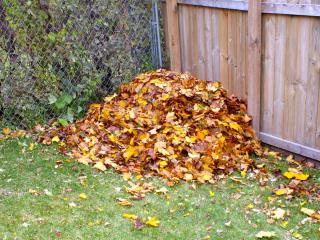 In the following spring, use your spading fork to split the pile and use this mostly broken down organic matter to lather your flower beds, around the trunks of your trees, and in growing beds for the vegetable patch.
In the following spring, use your spading fork to split the pile and use this mostly broken down organic matter to lather your flower beds, around the trunks of your trees, and in growing beds for the vegetable patch.
As they continuously break down, leaves turn into humus that will fertilize soil.
→ Also: DIY mulch mix
Laure Hamann